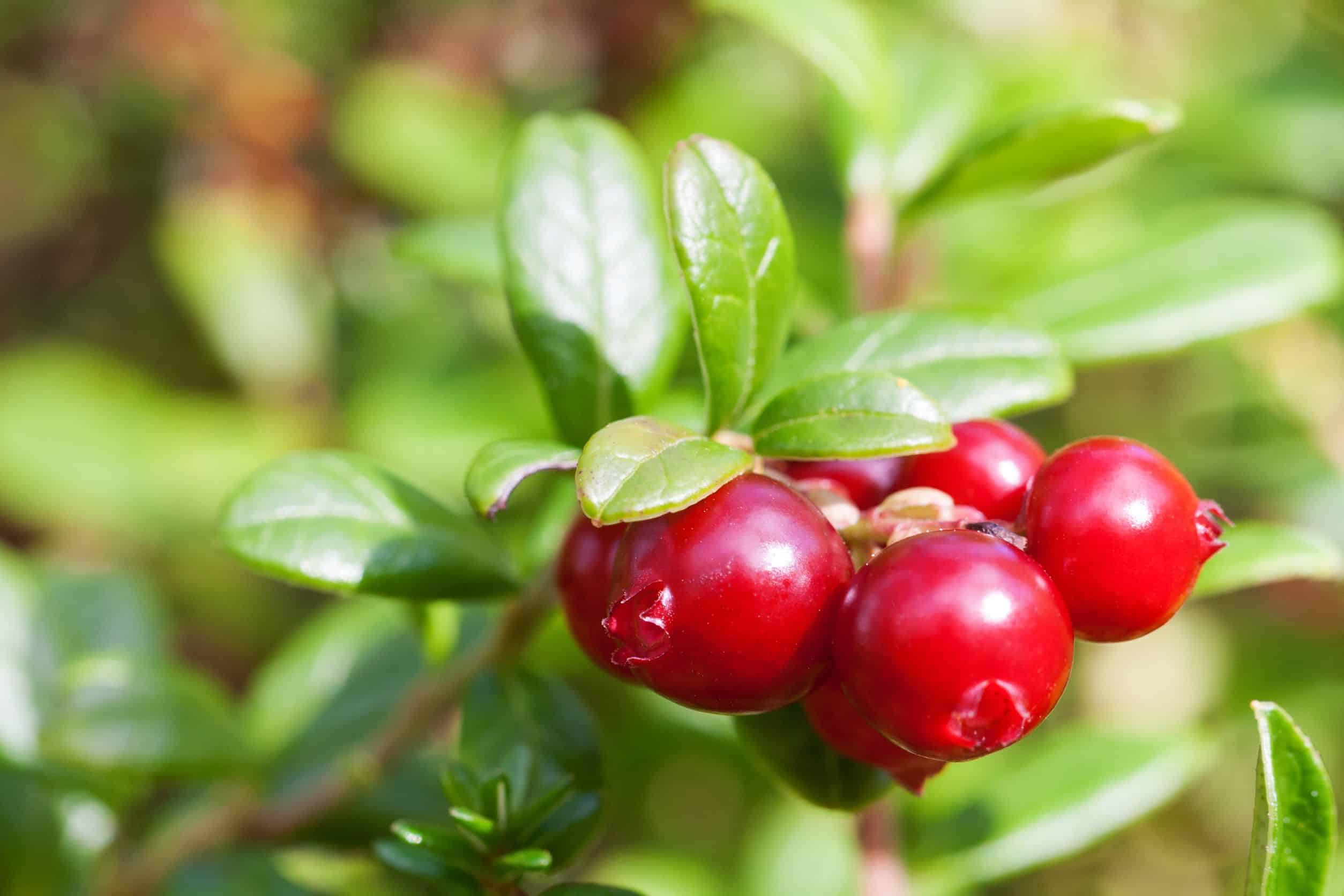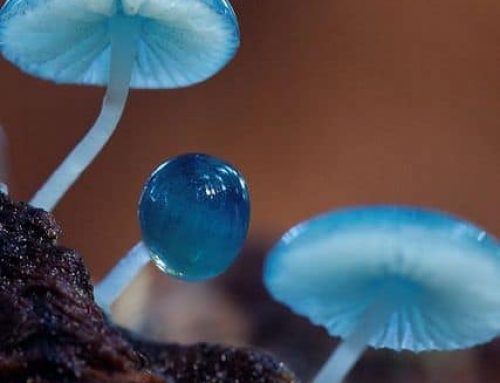One-fifth of all cranberries grown in North America is consumed on Thanksgiving. Approximately 98% of all cranberries are grown in the northern US, Canada, and Chile. Wisconsin grows a majority of the cranberries in the US and contrary to popular belief, they are not always in the water. The plants are either naturally flooded or, for producers, they will flood the area where the plants are located two times a year. One time is in December to protect the plants from frost. Then the bogs are drained, leaving the cranberries to bloom and be pollinated by bees. The second flooding is in October for harvest. If you have seen the Ocean Spray farmers in the thigh-deep water you know what I’m talking about.
Although they are fairly bitter when they come off of the vine, they are popular as juice, sauce, or other tasty super-foods due to their medicinal purposes. The name Cranberry derives from the German Kraanbere, which is believed to be named this due to the plant resembling the neck, head, and bill of a Crane!
So, you may be asking… what does any of this have to do with Leadership?? Good question!
The piece of the cranberry plant that is so interesting is that it takes 16 months for the cranberry plant to grow, but the vines will last a lifetime! That is the key….
Growing cranberries is like delegation. The cranberry plant doesn’t produce immediately, just like delegating a job to someone doesn’t mean they can do it immediately. But if you invest time in the person, provide oversight and care, and guide them in how to do the work you have delegated, they can become the person you count on! Once they have learned the job, it will last a lifetime!
As a leader, consider how you are delegating and investing your time into your “cranberry vines”.








Leave A Comment